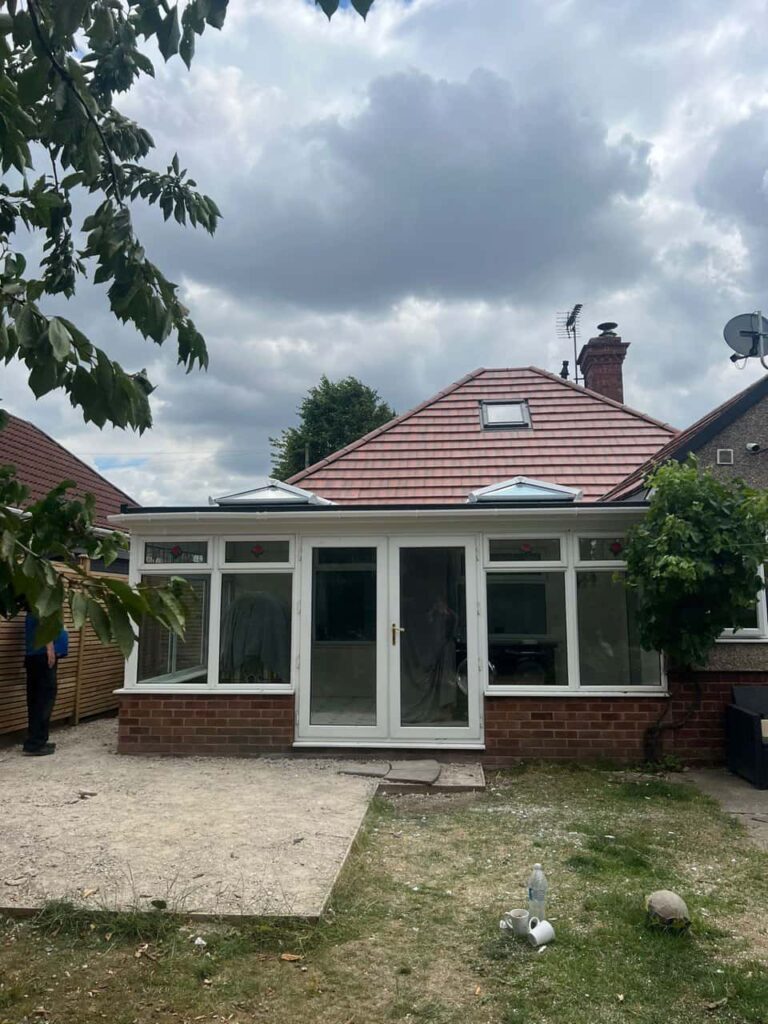Introduction: Lead flashing is an integral part of your roofing system, preventing water intrusion in vulnerable areas like chimneys, roof joints, and valleys. Over time, however, lead flashing may deteriorate, leading to cracks, splits, or other forms of damage. When faced with damaged lead flashing, homeowners often wonder whether they should repair it or opt for a complete replacement. In this blog post, presented by Newark on Trent Roofing Repairs, we’ll explore the factors to consider when deciding between replacing lead flashing and repairing it.
Assess the Extent of Damage
The first step in making this decision is to assess the extent of the damage to your lead flashing:
- Minor Damage: If you notice small cracks, scratches, or minor surface corrosion, these issues can often be repaired effectively with sealant or lead patching materials.
- Moderate Damage: If the damage includes larger cracks, splits, or areas of significant corrosion, repair may still be possible but not provide a long-term solution.
- Extensive Damage: In cases where the lead flashing has extensive damage, is severely corroded, or has undergone repeated repairs, replacement is likely the more practical and cost-effective option.
Factors to Consider When Repairing:
- Cost: Repairing lead flashing is generally less expensive than a full replacement. However, multiple repairs over time can add up in costs.
- The extent of Damage: The severity of the damage plays a significant role. If the damage is localised and minor, repairs may be sufficient. Extensive damage may warrant a replacement.
- Age of Flashing: Consider the age of your lead flashing. If it is relatively new and the damage is minor, repairing it may extend its lifespan.
- Maintenance: Regular maintenance can help prolong the life of repaired flashing. Repairs may be a viable option if you’re committed to maintaining your roofing system.
Factors to Consider When Replacing:
- Age and Condition: If your lead flashing is old, brittle, or has undergone multiple repairs, it may be more cost-effective to replace it with new flashing.
- Long-Term Solution: Replacing damaged flashing ensures a long-term solution and minimises the need for ongoing repairs.
- Aesthetics: New lead flashing can enhance your roof’s visual appeal, while repaired areas may have a different appearance.
- Warranty: New flashing often comes with warranties, providing peace of mind for years.
Consult a Professional
Ultimately, the decision to repair or replace lead flashing should be based on a thorough assessment of your situation. It’s advisable to consult with a professional roofing expert from Newark on Trent Roofing Repairs, who can assess the condition of your flashing, provide expert advice, and offer cost-effective solutions tailored to your needs.
Conclusion: When faced with damaged lead flashing, it’s crucial to weigh the factors discussed above to make an informed decision. Repairs may be suitable for minor and localised damage, while a replacement is often the better choice for extensive or ageing flashing. Consulting with roofing professionals like Newark on Trent Roofing Repairs can help you determine the most cost-effective and reliable solution for your roofing system, ensuring your home remains protected from water intrusion for years.
Call us on: 01636 556 194
Click here to find out more about Newark on Trent Roofing Repairs
Click here to complete our contact form and see how we can help with your roofing needs.

